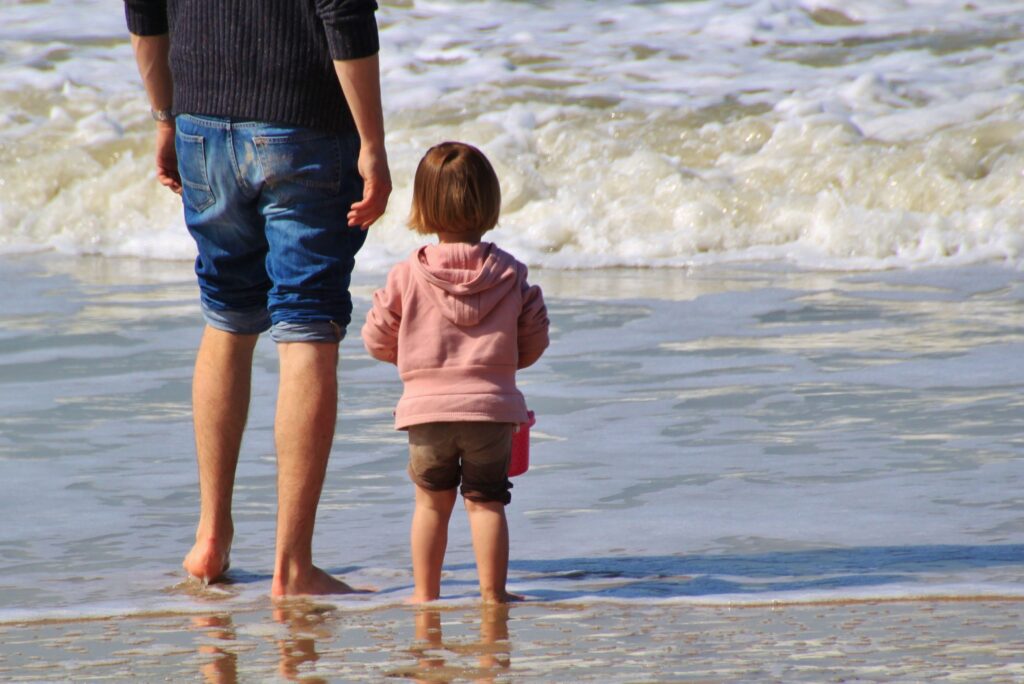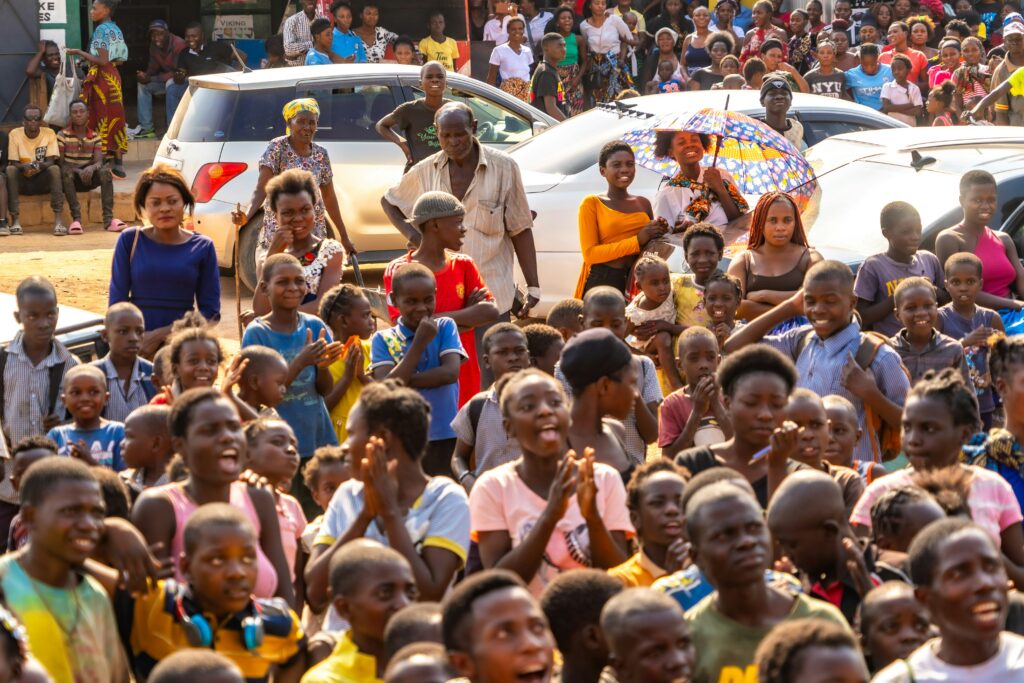Introduction: Change Begins with Knowing
Laws, policies, and programs can only succeed if people understand them. Without awareness, even the best initiatives stall. Community awareness is the fuel that turns ideas into action — it gives people the knowledge and confidence to make changes in their own lives and their neighbourhoods.
An informed community can demand fair treatment, protect its rights, hold leaders accountable, and collaborate to solve local problems. Without it, development efforts risk collapsing into confusion, mistrust, or apathy.
Why Awareness Is the First Step to Change

Awareness is more than just having information. It’s about understanding why something matters and how to act on it. This is what turns passive citizens into active change-makers.
When people are informed:
- They are less likely to be manipulated by misinformation.
- They can make better decisions in elections and community forums.
- They are more willing to collaborate for the greater good.
Real Story: Nepal’s Earthquake Preparedness Saves Lives
Before the 2015 earthquake, Nepal had invested in years of community-based awareness campaigns about disaster preparedness. Villagers learned evacuation drills, safer building techniques, and where to store emergency supplies.
When disaster struck, the death toll — though tragic — was far lower than it might have been. Lives were saved because awareness had turned into readiness.
Case Study: Kenya’s Gender-Based Violence Awareness Campaign
In parts of Kenya, community-led campaigns against gender-based violence have had measurable results. Through school programs, radio discussions, and safe spaces for women, the culture of silence began to shift. Reporting rates increased, survivors accessed justice, and prevention measures became more effective.
Practical Ways to Build Community Awareness

1. Use Local Communication Channels
- Community radio in local languages.
- Posters and murals in public spaces.
- Mobile phone alerts for important updates.
2. Involve Trusted Local Leaders
Religious figures, elders, and respected community members can legitimize information and encourage participation.
3. Make It Interactive
Workshops, role-playing exercises, and community forums allow people to ask questions and take ownership of solutions.
Overcoming the Barriers to Awareness
- Misinformation: Combat false narratives by providing clear, verified facts.
- Illiteracy: Use visual materials, theatre, and audio tools to reach everyone.
- Cultural Resistance: Respect traditions while gently introducing new perspectives.
The Ripple Effect of Awareness
One informed person can influence dozens more. A trained farmer teaches neighbours new planting techniques. A mother who learns about nutrition shares it with other parents. A youth leader trained in mediation resolves disputes before they turn violent.
Awareness spreads — and with it, empowerment. Over time, communities that know their rights, responsibilities, and options become stronger, more united, and more resilient.
The Bigger Picture: Awareness as a Peace Tool
Community awareness builds trust between citizens and institutions. It strengthens the social fabric and prepares people to face challenges together, whether those challenges are political instability, natural disasters, or economic hardship.
In the end, an informed community is an empowered community — and empowered communities are the bedrock of lasting peace.



